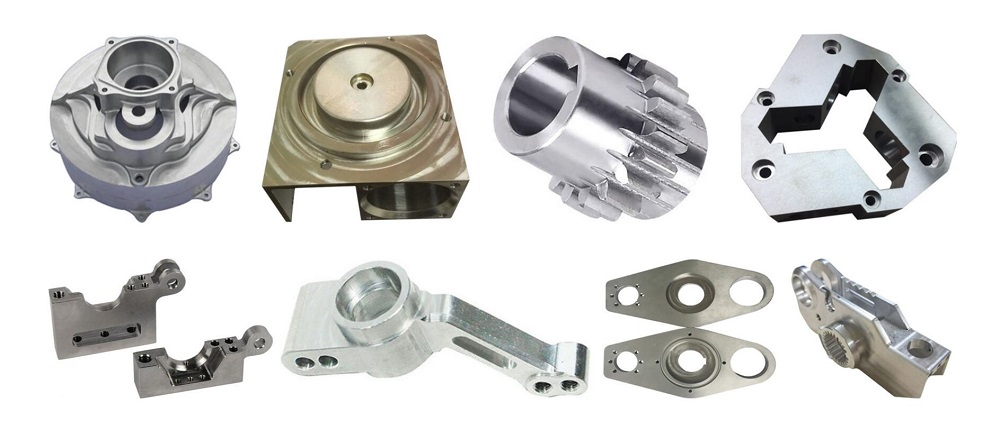There are different classification methods for wastewater treatment, but in principle, it can be divided into three categories: physical treatment, chemical treatment and biological treatment. Each category can be divided into several separation methods. The ore dressing wastewater treatment should be based on the water quality, water quantity and production process characteristics, and consider appropriate treatment technologies from the perspective of energy conservation and comprehensive recovery. A neutralization method The neutralization method uses an appropriate neutralizing agent and adjusts the pH to achieve an emission standard or a reuse index for the acidic or alkaline wastewater. And the pH was adjusted to an appropriate range, but also dissolved iron, aluminum, copper, zinc, manganese, cadmium and other metal ions in waste water, a hydroxide precipitate formed was removed. The neutralizing agent commonly used for acidic wastewater is slaked lime and limestone , which are cheap and have a rapid settling speed. B oxidation method The oxidation method is a treatment method that decomposes pollutants in water by an oxidation reaction to make them harmless. Commonly used oxidizing agents include active chlorine-based liquid chlorine, sodium hypochlorite, bleaching powder, and hydrogen peroxide, sodium persulfate, and ozone. The ore-containing wastewater containing cyanide wastewater and flotation reagents containing xanthate and sodium sulfide is commonly used in this method. In addition, the aeration method also utilizes oxidation, which obtains sufficient oxygen from the air to oxidize inorganic substances and organic substances in the water, and becomes harmful to be harmless. In addition to the above two methods, the following measures are commonly used. (l) Increasing the tailings storage volume and increasing the inventory time can not only degrade chemical oxygen-consuming substances, but also reduce the amount of contaminated particles discharged from tailings water. (2) Improve the beneficiation process system and adopt a cyanide-free process to replace highly toxic or toxic agents with low-toxic or non-toxic agents. (3) Improve the return water utilization rate of the concentrator and reduce emissions.
Precision Machining Steel accounts for a very high proportion in the CNC machining steel industry, whether it is CNC turning or CNC milling. CNC machining of metal parts requires selecting appropriate tools, setting reasonable parameters and programming reasonable tool paths according to the material and structure of the parts in order to produce good products. This has very high requirements on the technology and experience of the production engineer. Whether a product can meet the requirements depends largely on the production engineer. The same equipment and the same tool may produce two completely different products under the operation of different engineers.
SCZY offer the Precision Machining Service,our production engineers have more than 10 years of experience in the precision machining steel parts, and can easily deal with workpieces of various materials and structures, and can ensure the pass rate of the workpiece. Of course, in addition to good staff, we also have good equipment and good tools to cooperate with high-quality production engineers to produce good products. Finally, we also have sophisticated testing equipment and excellent quality inspectors to ensure qualified products.
Machining Steel Parts,CNC Machining Steel,Precision Machining Steel Parts,Machining Carbon Steel Parts,Machining Mild Steel Parts Shenzhen SCZY Technology Co.,Ltd , https://www.sczymachining.com
Method for treating wastewater in lead-zinc ore dressing plant
The main sources of lead zinc ore dressing plant include dressing wastewater, tailings sediment. The dust generated by the crushing and screening workshop and the noise generated by large equipment such as crushing and grinding. For lead-zinc ore dressing plants, the pollution control of crushing and screening dust is usually good. In the design of the concentrator, a technical solution to solve the problem of excessive dust control was formulated. In the material crushing, the screening equipment can be equipped with a dust cover, and the dust discharge point is set at the blanking point of the mining equipment, and the dust is used by the air duct. The material is sucked to the dust collector for removal. There are not many ways to deal with broken and grinding noise. Only a single concentrator uses a rubber lining in the mill to reduce noise to a certain extent. Wastewater from lead-zinc mines is a major source of pollution, including wastewater from mining sites and wastewater from concentrators. The concentrator wastewater includes: tailing water, concentrate overflow water, accident water, plant washing water, and tailings reservoir permeate water.